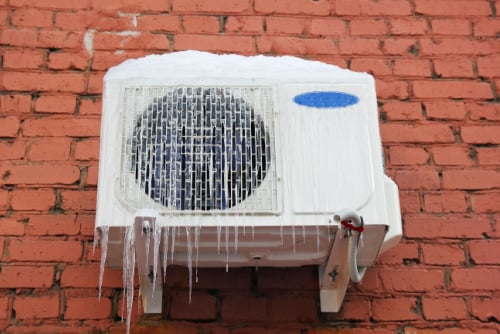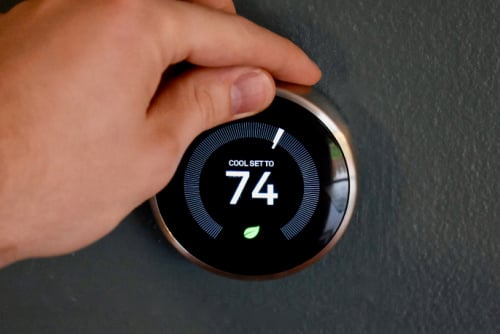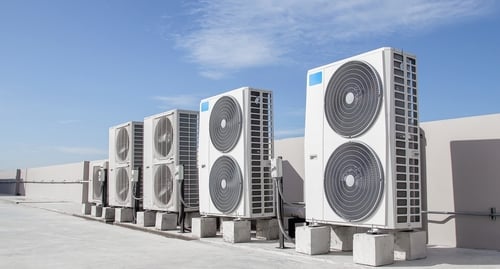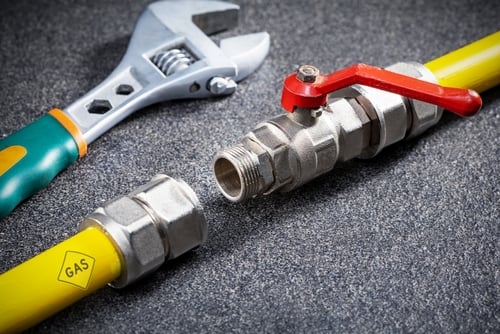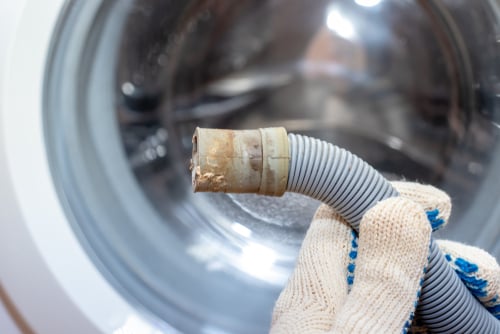When a washing machine doesn’t do it its job, it is frustrating. Frontdoor is here to provide tips to help you fix a washing machine when it malfunctions.
You and your washing machine have an understanding. You give it your dirty clothes, and in return, it gives you clean ones. As long as it’s doing its job, you’re happy to leave it alone.
The fact is that at some point, in the cycle of filling, washing, draining, and spinning, something will go wrong. Your job is to figure out what happened, where it happened, and what to do about it.
We’re here to help with some advice for troubleshooting a washing machine.
Here are some common washer issues and some DIY solutions.
1. Is your Washer Dancing?
If the washing machine is shaking, vibrating, or maybe even walking across the basement floor, something’s out of balance—either the machine itself or the load it’s washing. Pause the cycle and check the load first, in case the clothes—or more likely, a rug or blanket—have somehow bunched up and need to be rearranged.
If the fix isn’t that easy, it’s time to look at those dancing feet. Unplug the washer and make sure the feet are all sitting firmly on the floor. If they’re not tight against the surface, turn them counterclockwise till they are. Use a level on top of the machine and keep adjusting till it gives you a good reading. Then plug it back in and put it through the spin cycle.
If it’s still jumping around, call a professional or video chat with a Frontdoor Expert right on your phone. Here’s a more in-depth take on why it’s moving and how to stop it.
2. No drain, no spin.
If your washer will not drain or spin, there’s a reason and a solution. Not draining is one of the most common problems you’ll run into. You could have a clogged drain hose or pump, a broken drain pump, or simply a wonky washing machine.
Let’s start with the failure to drain. And again, let’s start with the simplest remedy. Turn off the machine, wait a minute, then turn it back on. If that doesn’t solve it, take it up a notch with a master reset. It sounds scientific, but it’s just opening and closing the door six times in rapid succession. Then run the rinse-spin cycle empty to see if it’s draining.
If not, it’s time to get your hands a little dirty. Turn on the machine and see if the drain hose is kinked or bent. If not, move the machine out away from the wall so you can detach the drain hose. Run water through it, and if that doesn’t clear the clog try a metal coat hanger or stick. Then re-attach it to the machine and you’re back in business.

3. Wash machine not spinning.
Now let’s turn to the problem of a washer not spinning. Just like a machine that’s jumping around, a washer not spinning could be caused by an unbalanced load or the machine being out of balance. But there are other possible culprits as well.
4. Put a plug in it.
Troubleshooting a washing machine can turn up some surprising results. It’s unlikely, but just in case your washing machine’s vibrations have caused it to nudge the power cord out of the outlet, take a look back there. If that’s what happened, just move the machine farther away from the outlet and congratulate yourself, because, technically, you just proved that you can fix a washing machine.
5. Flooded with suds.
If your washer is not spinning, it could be that you’ve poured in too much detergent. Today’s high-efficiency washing machines specify non-foaming detergent for best results. If your washer is not spinning and the drum is full of suds, that could be the problem. Test this theory by running a load with non-foaming detergent.
6. Don’t flip your lid, just check it.
Normally, a switch activates when the lid to a top-loader is closed, signaling that it’s secure. If something goes wrong with the switch, the machine may think the lid isn’t closed and stops spinning as a safety measure. Open the lid, hit the spin button, and hold the switch on the lid with your finger. If things start spinning, you’ve found the issue. You can try to re-align the switch to make sure it engages or send for a replacement part.
7. Tighten your belt.
There’s a drive belt in the back of your washer that physically moves the tub. It might have slipped off the pulley wheel, or it might have broken. The washer motor will run, but nothing is spinning. Check it out by removing the back of the washer. If you need to replace the belt, make sure you get one that’s made specifically for your washer.
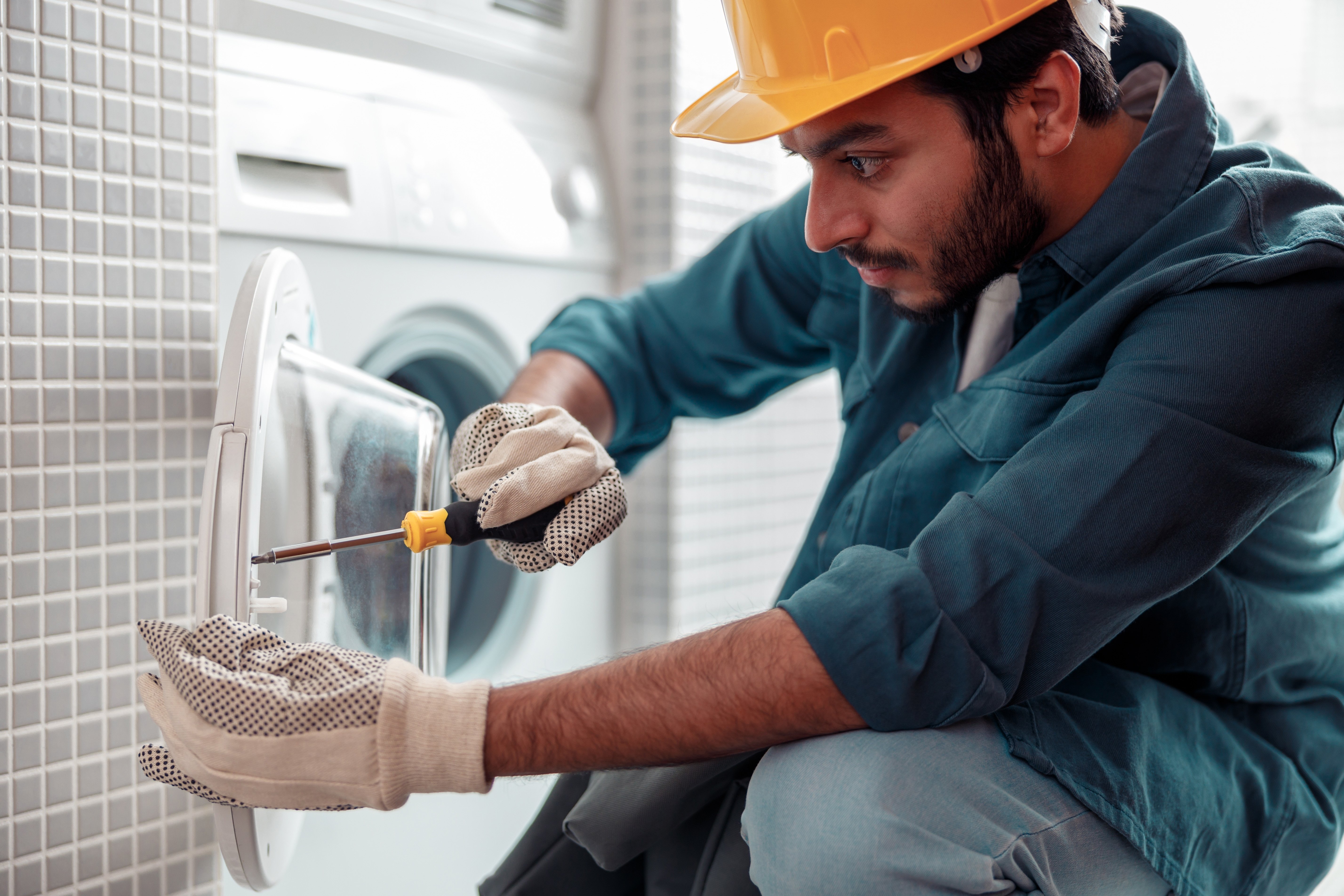
The motor brushes in your washer connect the drum to the motor with a connecting wire. These brushes can wear out over time, eventually preventing the drum from spinning, so even though the washing machine is filling and draining normally, your clothes aren’t really coming clean.
Replacing carbon brushes is actually a pretty easy and inexpensive fix. You can order new brushes from your washing machine’s manufacturer.
At Frontdoor®, we know you love getting things done around the house. Staying in control of your to-do list is easier when you can keep the small things from turning into bigger—and more expensive—ones. We’re here to make it easier to prevent problems and to help provide tips and Expert solutions when problems do occur.
Want to learn more about how to diagnose and fix a washing machine, or need any other household tips? Download the app if you haven’t already, and chat with a helpful, friendly Frontdoor Expert.
Was this article helpful?


